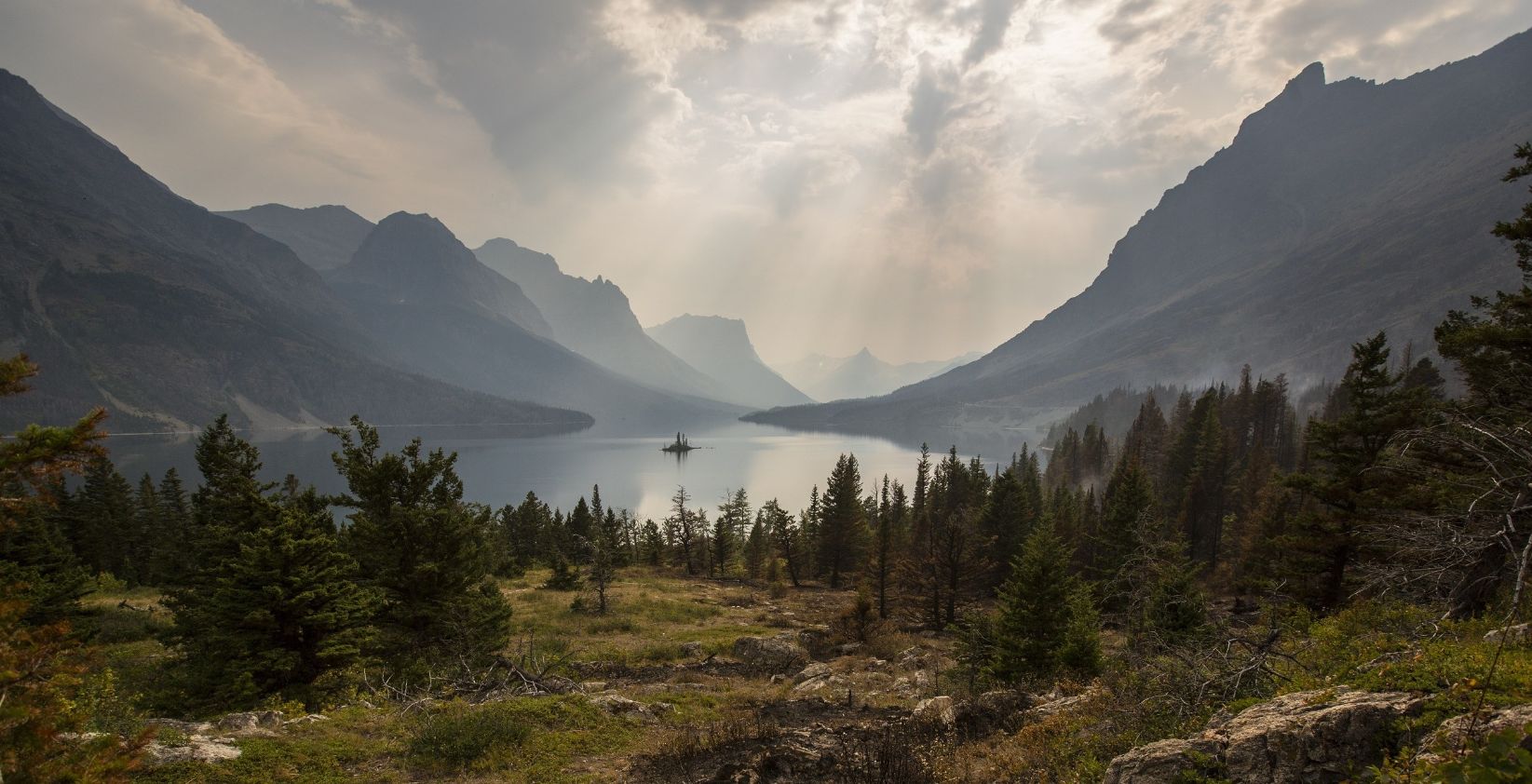How to have fun and stay healthy in the wilderness
Sure, it may only seem like a “walk in the woods” or a quick “jump in the lake,” but when Mother Nature is involved, you can never take anything for granted and a knowledge of mountain safety is priceless. Staying safe in the mountains is important not only for the success of your adventure – think incredible memories and stunning photos – but for your health and wellbeing too.
Weather can quickly change in the alpine, cell phone service is spotty at best, and there’s always the possibility of something lurking just below the surface…or just around the bend. As the old adage goes, “Better safe than sorry!” so here are our top 10 tips for mountain safety this summer.
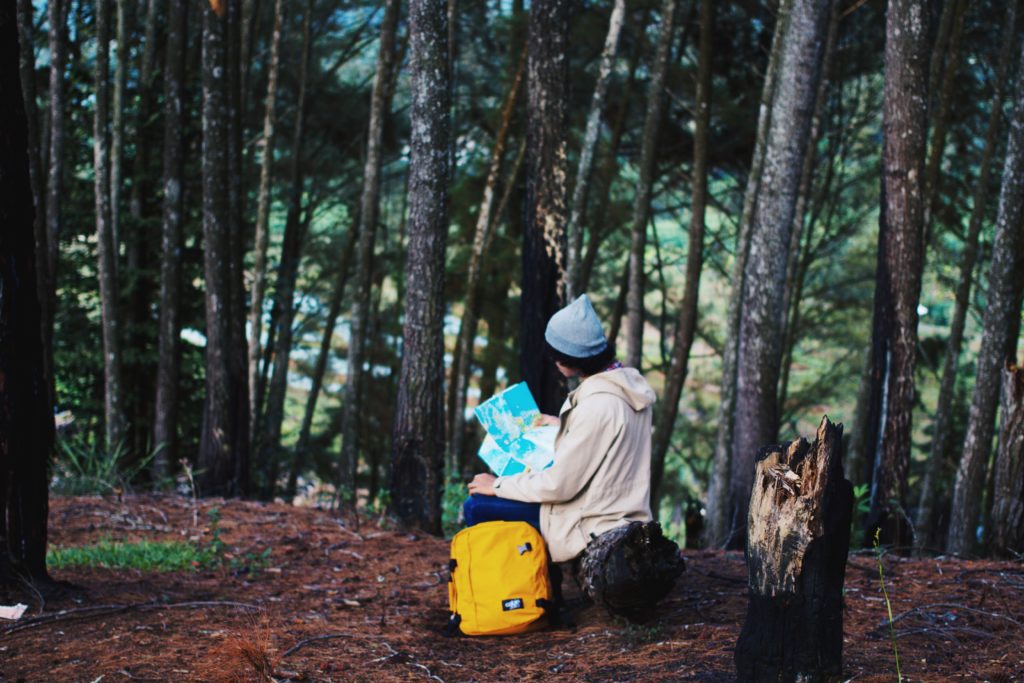
1. Know your route
“But what about having a spirit of adventure? Following where my heart leads me? Taking the road less traveled? Being a trailblazer?” Unless your name is Lewis and your hiking partner’s name is Clark…don’t do it. Sorry, bad joke. But seriously, leave the trailblazing to the professional mountaineering set. Having a plan and sticking to it is one of the most important keys of mountain safety. Make sure you understand what shape the trail is in and adapt accordingly. Trails.com is a great resource for feedback from other outdoor enthusiasts who have recently been in the area regarding current conditions. Do not overestimate your fitness, and be realistic about the time commitment involved.

2. Always be prepared
Nature is unpredictable. Sometimes, warm days and temperate climates greet us in the backcountry. Sometimes, the heavens open up, lightning rains down from thundering clouds, and we find ourselves shivering in our ponchos, seeking shelter in a cavern with a family of rabid foxes. Okay, that’s a little dramatic, but wouldn’t it be better to avoid any scenario on the “worst case” end of the spectrum? If you don’t know something about where you are going: the weather patterns, whether or not the trail experiences seasonal flooding, the exposure, poisonous plants to avoid – ask. Most state and national parks and forests have ranger stations, information centers, or a website at minimum. Here you will find useful and current information regarding area usage and conditions.
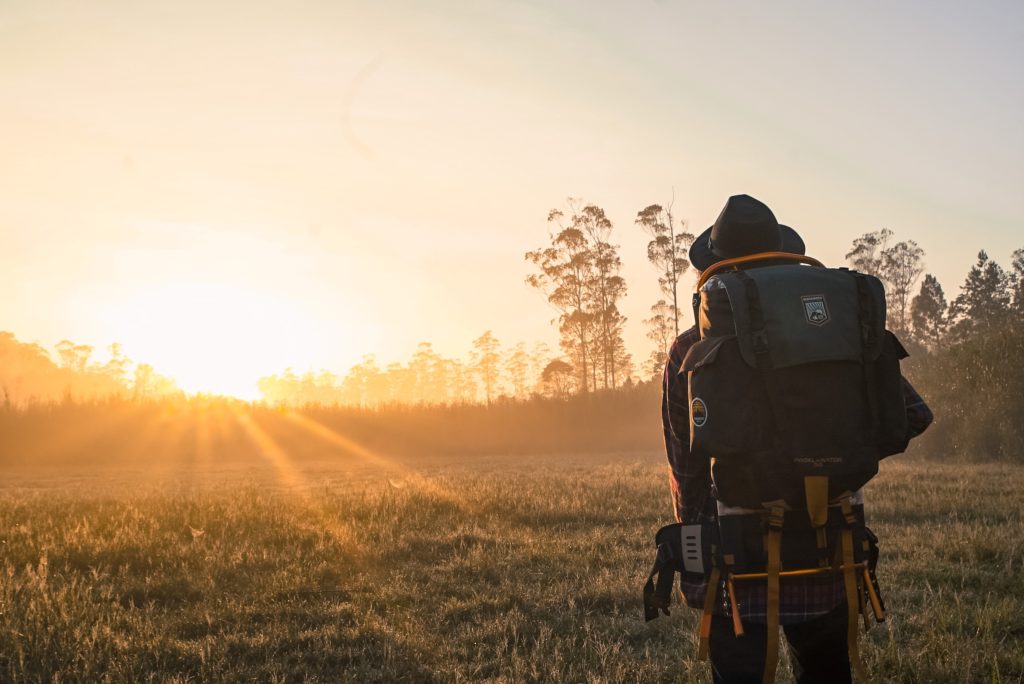
3. Gear up!
It may seem counterintuitive to bring a rain jacket and light winter coat when you start your day off without a cloud in the sky. Don’t be fooled! As previously mentioned, weather changes quickly so make sure you can change quickly too. Extra socks are an excellent way to prevent blisters in the event of a rainstorm or unexpected water crossing. Layering is key to adapting to variable temperatures. Pack a light white long sleeved layer as well as something more substantial to put on and shed as needed. Avoid anything cotton – it is a disaster when it gets wet, not to mention COLD. Stick to moisture wicking fabrics for when it is warm and water resistant and insulated clothes for when it is cold and rainy. Take a pair of gloves and warm knit hat just in case something happens and you have to spend the night outside. Always carry a first aid kit.
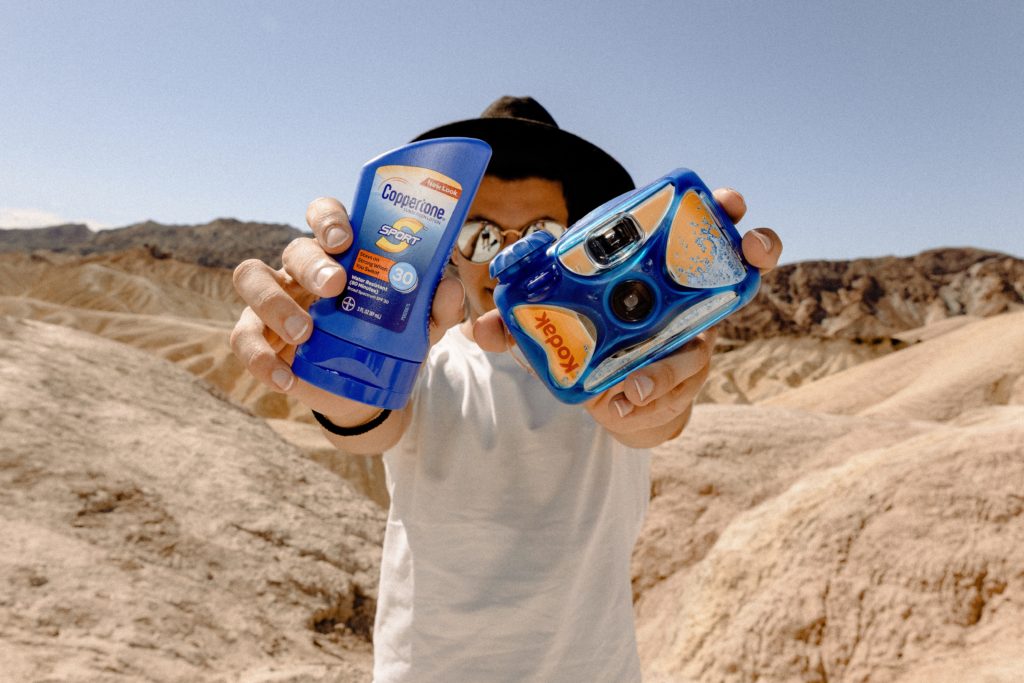
4. Wear your sunscreen
With that cool mountain air on your skin, it must be impossible to get sunburned…you aren’t even warm! Despite the fact the air is cooler in the mountains, you are also higher in elevation which means the atmosphere is thinner. Breathing gets harder and the sun gets stronger. Lather up in a 50+ spf everyday before setting out. Oh…bug spray is a great idea too!
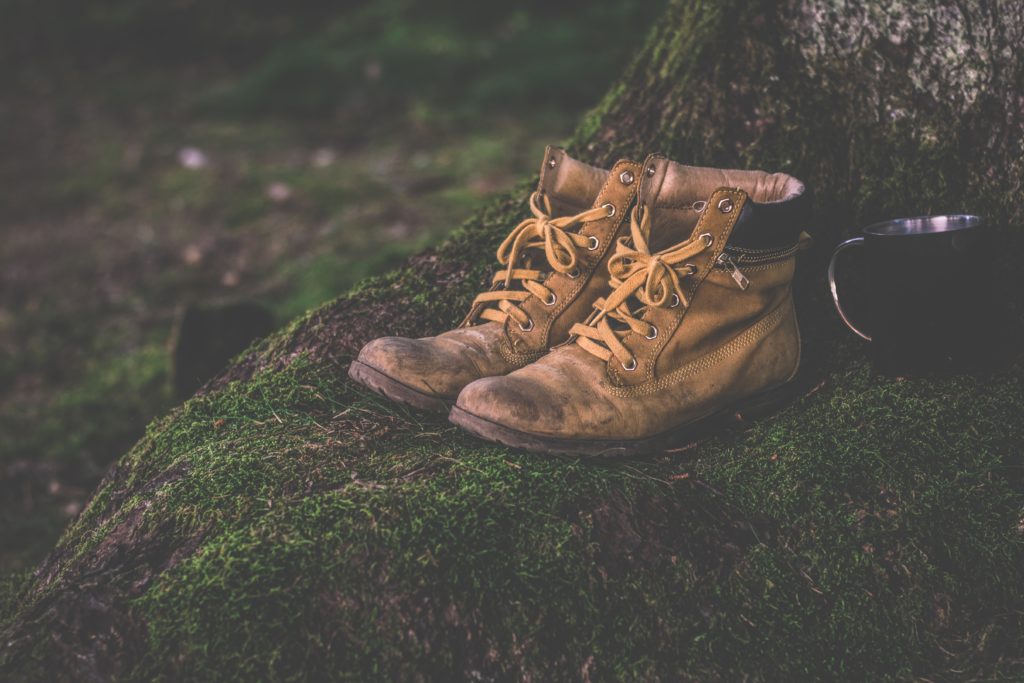
5. Whatever you do, take care of your shoes
Mountain trails are steep, muddy, rocky, unstable, and sometimes snowy late into the summer. This is not a time for you to try out your new ergonomic minimal tennis shoes. Choose a shoe or hiking boot that stabilizes your foot and protects your toe from romancing a stone. Tread should be substantial or “toothy” to keep you secure on mud or loose rock. If you choose a boot over a trail runner shoe, always break them in before your trip. Nothing is worse than a blister two miles into a five mile hike. Make sure you wear socks that cover your skin where your shoes or boots make contact.

6. Drink water…just not THAT water
Bring water – LOTS of water. You will always want more than you have, and just in case something happens and you get stuck, having extra never hurts. However, if you do run out of water without a water filtration system in your pack, please don’t drink the water from a river, lake or even worse…a puddle. Don’t eat snow. Just don’t. This seems like a refreshing, back to nature ritual, but in reality, it can give you giardia or a number of other nasty gastrointestinal issues. Mountain safety is more than just what happens externally, but also what you put into your body.
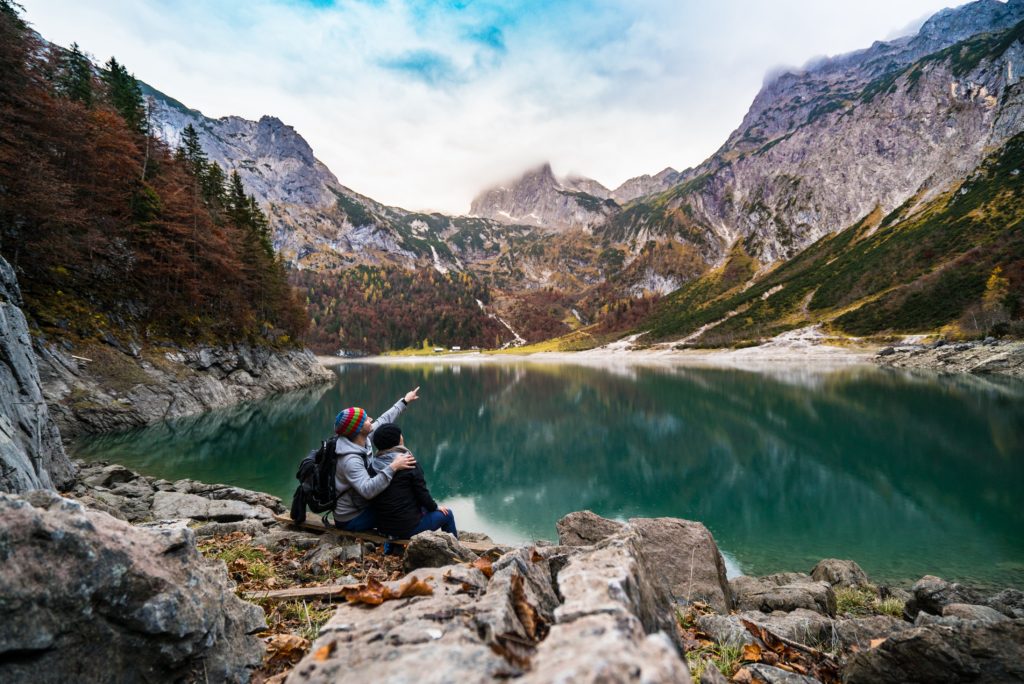
7. Use the buddy system
Having an adventure buddy is always safer than going alone. There is someone to help make tricky decisions, help out if you get hurt, and adventure always seems more fun when shared. However, if you find yourself seeking solitude, make sure to let someone know where you are going and when you expect to return.
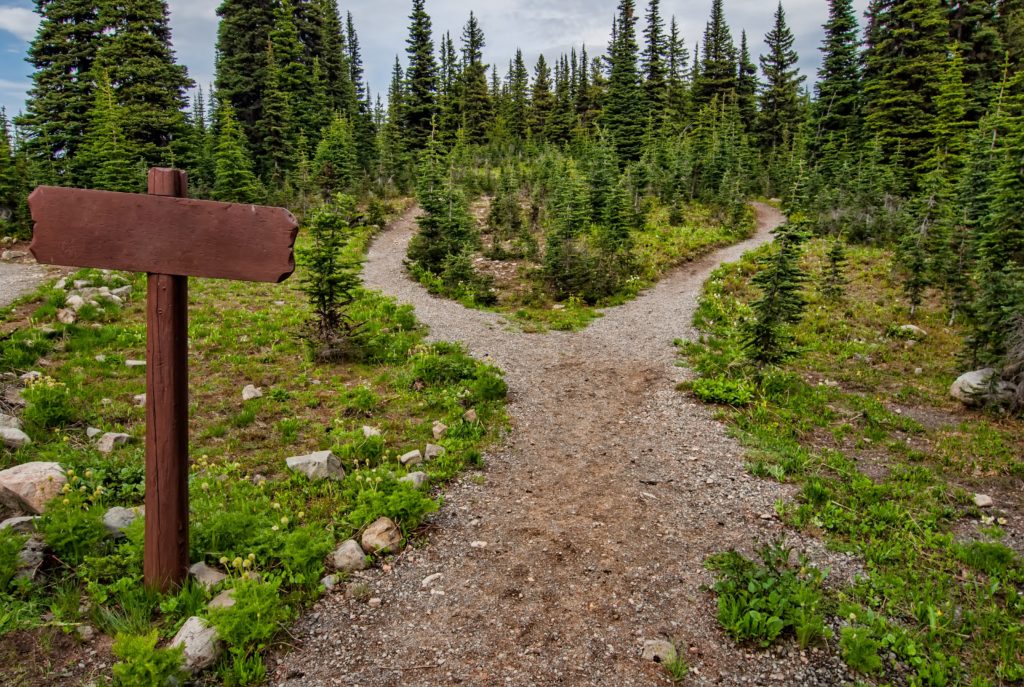
8. Stay on marked trails
Again, let’s leave the bushwacking to the pro’s and stay on marked trails. You will be happier that you didn’t get lost, the local Search and Rescue will be happier they didn’t have to find you, and the ground will be happy because you didn’t encourage erosion or damage delicate tundra. Everybody wins!
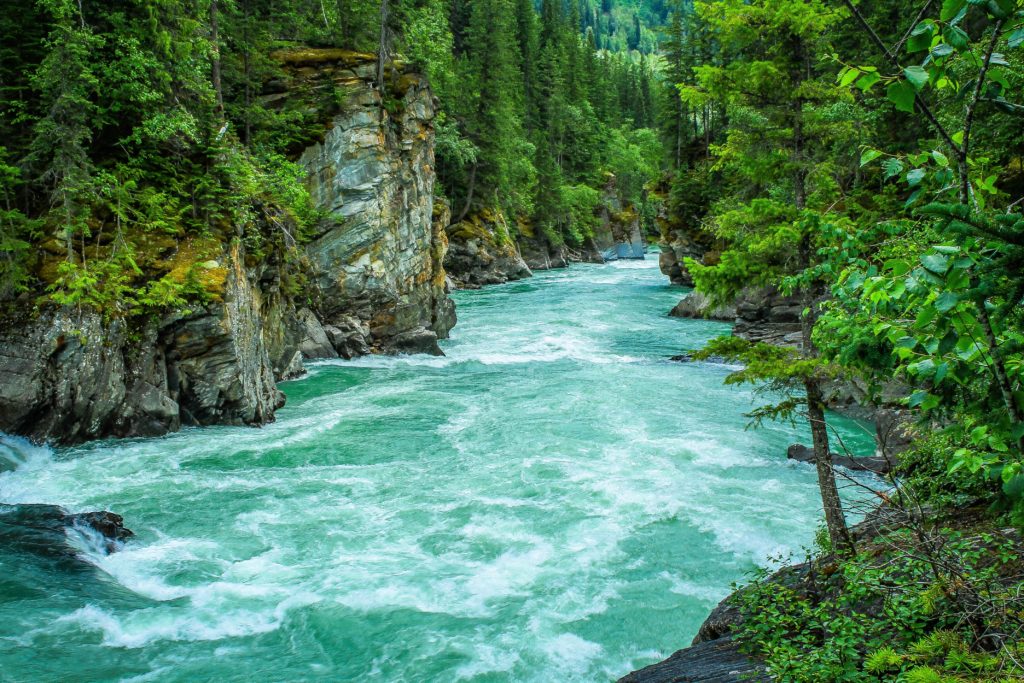
9. Careful when chasing waterfalls…
Jumping off waterfalls, paddleboarding in lakes, and tubing down rivers are all some of life’s greatest pleasures. Keep it fun instead of dangerous. Make sure you understand how deep the water is you are jumping into, and make sure to clear the area of any obstacles or debris below the surface. If you are paddleboarding, you are legally required to wear a life vest since they are designated “vessels” by the US Coast Guard. Currents in moving water can also be deceiving, pulling much harder below the surface than they appear to. If you are rafting, paddleboarding, kayaking, or tubing, taking a basic water safety course is useful in avoiding any dangerous situations.
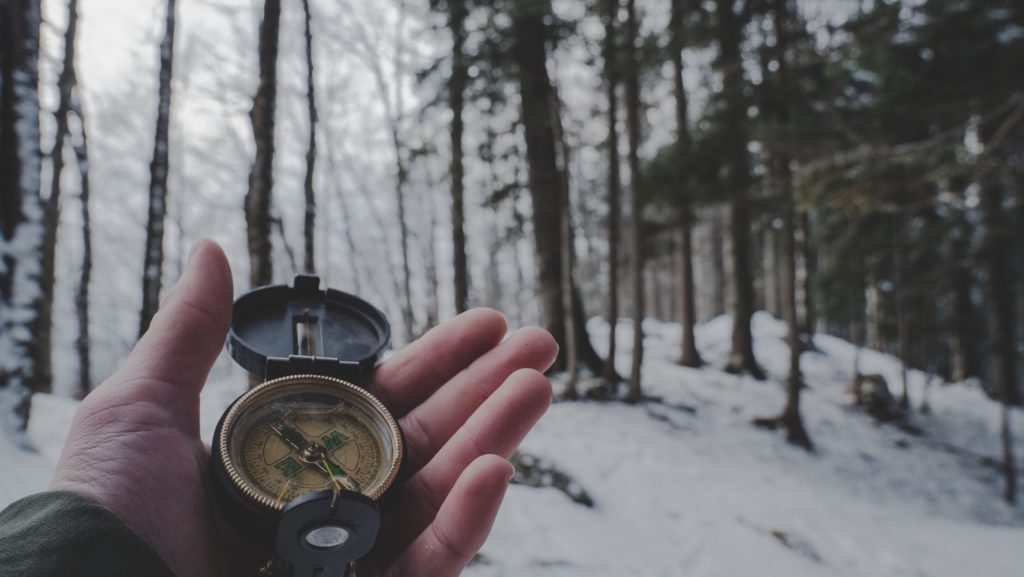
10. Don’t depend on your phone
We no longer own dictionaries because we can look up words on our phones. We no longer own calculators because we can do math on our phones. And for many of us, we no longer use maps because of apps on our phones. Fortunately, the wilderness doesn’t have wifi, so being dependent on a navigation app on your phone is just plain silly. Learn a new skill and impress your friends! Orienteering requires navigating the old fashioned way – with a compass and a map. Hopefully, you don’t have to use this skill in real life, but it is always a good one to keep in the tool box.
Wherever you venture out to, Tree Line Vacation Rentals has your perfect basecamp. Check out some of our Central Cascade region rentals in Washington state here.



